Embossed Foil Stamping, Embossing and Debossing – How to Create High-End Prints
In the world of premium printing, texture and finish play a crucial role in elevating the final product. Among the most sought-after techniques are embossing, debossing, and embossed foil stamping. These finishing processes add a tactile and visual appeal, making business cards, packaging, invitations, and luxury branding materials stand out. This article explores these techniques and how to use them to create high-end prints.
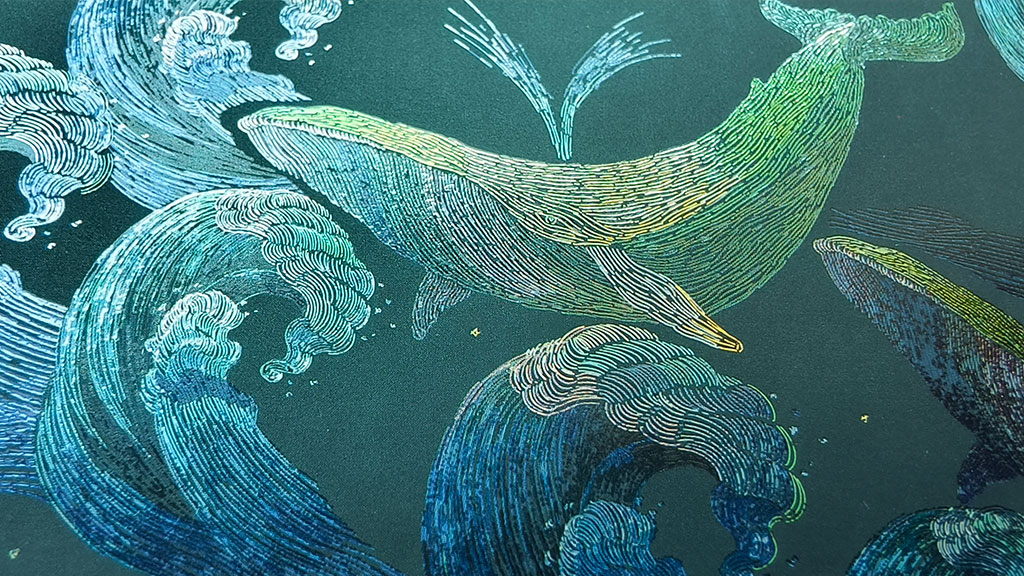
In the world of premium printing, texture and finish play a crucial role in elevating the final product. Among the most sought-after techniques are embossing, debossing, and embossed foil stamping. These finishing processes add a tactile and visual appeal, making business cards, packaging, invitations, and luxury branding materials stand out. This article explores these techniques and how to use them to create high-end prints.
Understanding the Techniques
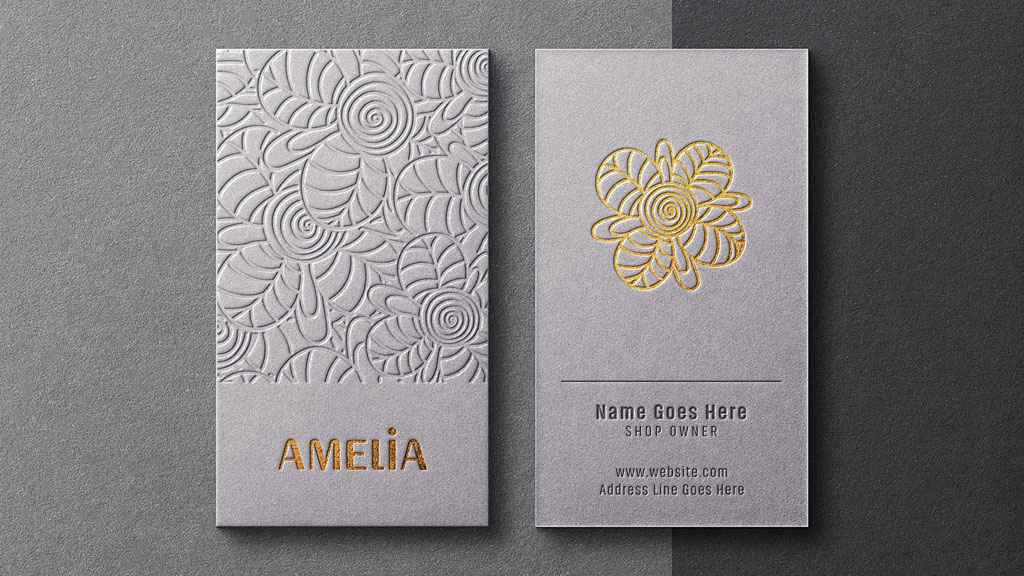
Embossing
Embossing is a technique that creates a raised design on the printed surface. This effect is achieved by pressing the paper or cardstock between two dies – one raised and one recessed – to create an elevated impression.
Key Features:
No ink or foil is necessarily required.
Adds a sophisticated and elegant texture.
Works well with logos, patterns, and typography.
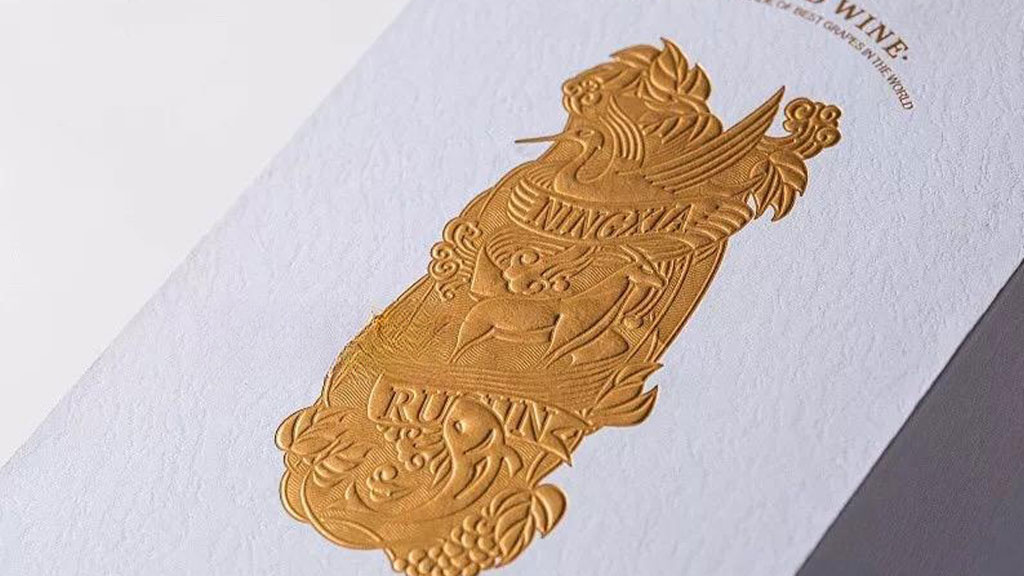
Debossing
Debossing is the opposite of embossing, where the design is pressed into the surface, creating a sunken effect. It provides a subtle, understated look and works exceptionally well with soft-touch paper and leather materials.
Key Features:
Can be used alone or combined with ink and foil.
Adds depth and dimension to printed pieces.
Ideal for creating minimalist, high-end aesthetics.
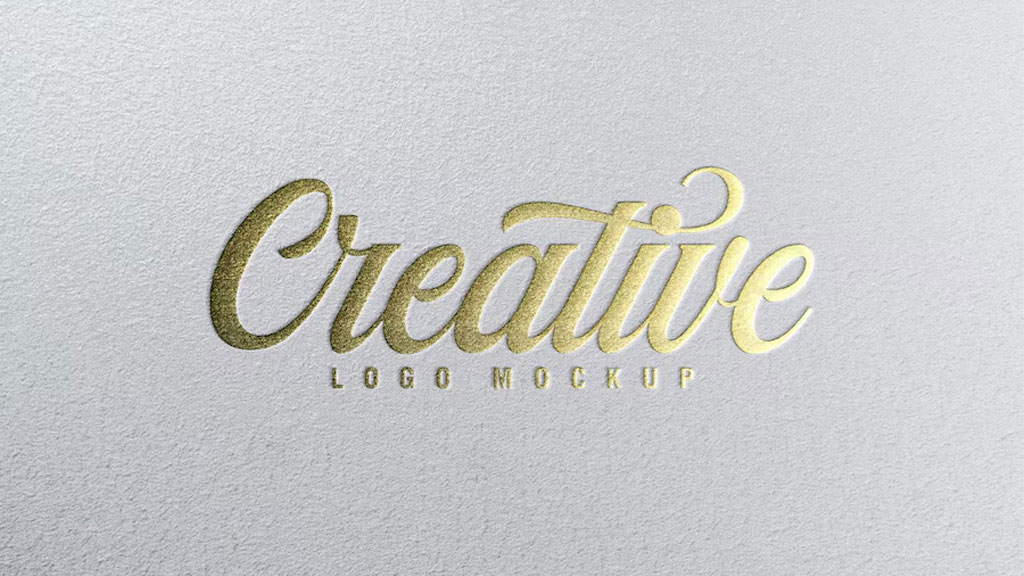
Embossed Foil Stamping
Embossed foil stamping combines embossing with foil application, producing a luxurious, shimmering effect. This method involves applying metallic or pigmented foil onto the raised design using heat and pressure.
Key Features:
Adds a reflective, premium look.
Enhances logos, monograms, and luxury packaging.
Available in gold, silver, holographic, and various colored foils.
How to Create High-End Prints with These Techniques
1. Choose the Right Material
The quality of the paper or cardstock is crucial. Heavier stocks (300gsm or more) work best for embossing and debossing, as they retain the texture better. Soft-touch, uncoated, or textured paper enhances the tactile effect.
2. Design with Depth in Mind
When designing for embossing or debossing:
Use vector-based artwork for precision.
Keep designs simple and bold for maximum impact.
Consider line thickness and spacing to prevent distortion.
3. Select the Best Foil Type
For embossed foil stamping, choosing the right foil is essential:
Metallic foils (gold, silver) for classic luxury.
Matte foils for a modern, subtle shine.
Holographic foils for a futuristic, eye-catching look.

4. Optimize the Printing Process
Work with experienced printers who specialize in these techniques. The die-cutting process must be precise to ensure sharp and defined impressions. Additionally, test different levels of pressure and heat to achieve the best effect.
5. Combine Techniques for Maximum Impact
For ultra-luxurious designs, consider combining embossing, debossing, and foil stamping with:
Spot UV for contrast.
Edge foiling for a sophisticated touch.
Soft-touch lamination to enhance tactile appeal.
Applications of These Techniques
Luxury Business Cards – Adds elegance and professionalism.
Premium Packaging – Enhances brand perception.
Wedding Invitations – Creates an opulent feel.
High-End Book Covers – Increases aesthetic and tactile appeal.
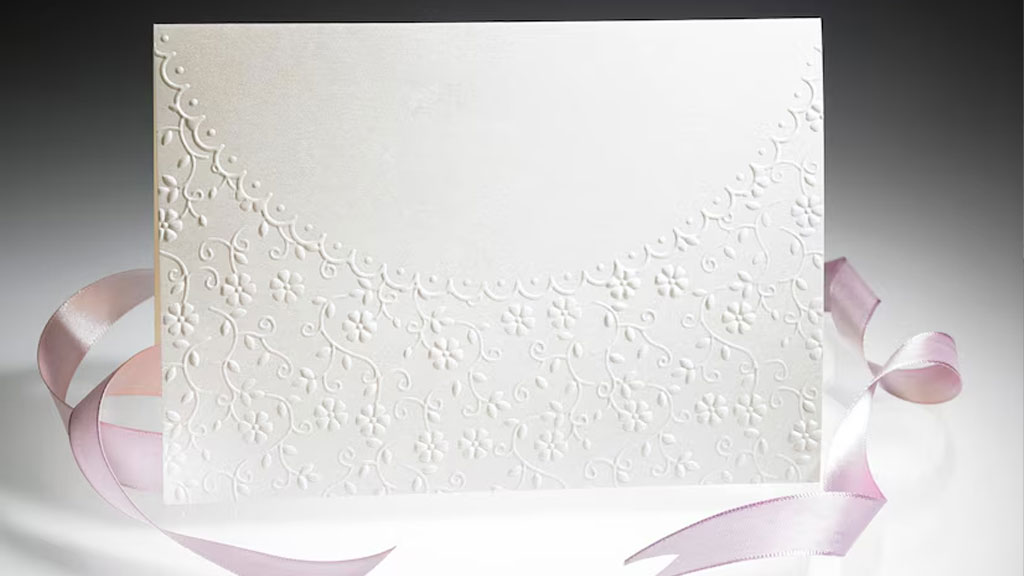
Conclusion
Embossing, debossing, and embossed foil stamping are powerful techniques that can transform standard prints into premium works of art. By selecting the right materials, designing thoughtfully, and working with skilled printers, you can create striking, high-end printed materials that leave a lasting impression.





About Printing Craftsmanship
How do I ensure high-quality printing results?
Use high-resolution images and vector files.
Choose the appropriate paper or substrate.
Work with a professional printing service.
Consider color matching systems like Pantone for consistent results.
Request print samples before full production.
What are the different types of printing techniques?
There are various printing techniques used for different purposes, including:
Offset Printing – Ideal for high-volume commercial printing, offering sharp and high-quality images.
Digital Printing – Suitable for short-run printing with fast turnaround times.
Screen Printing – Used for printing on textiles, plastics, and other materials with thick ink layers.
Hot Stamping – Adds metallic or pigmented foil using heat and pressure for a luxurious look.
Embossing & Debossing – Creates raised or recessed designs for a textured effect.
UV Printing – Uses ultraviolet light to instantly dry ink, offering vibrant colors and enhanced durability.
About Us
How soon we can get a sample?
Usually,reference sample within 2 days. Customized sample need 5-7days.
Rigid Lift-off Box
Can I get a sample before placing a formal order?
Yes, we provide samples to our customers. Please contact our sales team to inquire about sample availability and pricing.
Rigid Magetic Boxes
Can I print on the inside of the box?
Yes, you can print any effect you want on the inside.




Start Your Packaging Journey Today
Discover Our Curated Collection of Bespoke Packaging Cases & Tailored System Solutions
© 2025 WINPACK PRINTING. All rights reserved

























Wenhua Printing packaging
winpackprinting
Winpack Printing